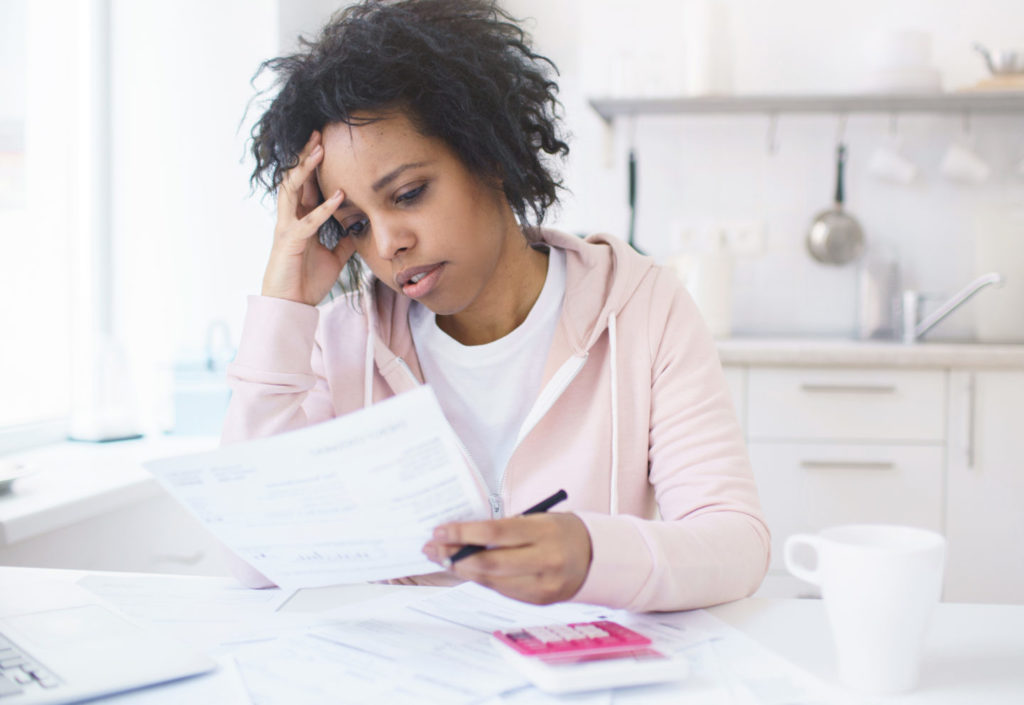Austin residents brace for higher property taxes as school enrollment declines
(The Center Square) – Austin Independent School District, the largest taxing authority in Travis County, recently commiserated with local homeowners regarding rising property taxes that will fund…

(The Center Square) – Austin Independent School District, the largest taxing authority in Travis County, recently commiserated with local homeowners regarding rising property taxes that will fund its schools.
Earlier this year, the school district notified homeowners in the community “it’s likely you felt the pang” of its most recent tax appraisal, adding it was “expensive” to live in Austin with its “skyrocketing property values.”
The property taxes for a specific $630,000 three-bedroom home in Austin have increased 31.6% above inflation from 2013 to 2021, demonstrating a trend of growing property taxes in Texas.
“Texas is in the midst of a property tax crisis and it is being driven by excesses at the local level,” said James Quintero, policy director for the Texas Public Policy Foundation’s Government for the People initiative. “What’s happening in Travis County is that businesses and homeowners are under assault.”
Property taxes are growing at a faster clip than both inflation and population growth, Quintero said.
In Travis County, where Austin is located, the average homeowner paid $5,471 in property taxes in fiscal year 2015 and that increased to $9,261 in fiscal year 2022, according to a report from the Texas Public Policy Foundation.
For example, the property tax bill for one particular home in Austin has increased by 31.6% from 2013 to 2021, after adjusting for inflation. That property, recently listed for $630,000, is a 1,502-square foot home with three bedrooms and three bathrooms. Property taxes for the house have gone from $3,526.78 in 2013 to $5,272.90 in 2021, not adjusted for inflation. That’s a 49.5% increase, or 31.6% when adjusted for inflation over that nine-year period.
That property isn’t an outlier.
Taxing bodies in Travis County are levying more taxes on residents. For example, the Austin Independent School District levied for $775,436,891 in fiscal year 2013. By fiscal year 2021, that levy had increased to $1,542,877,686, or 28% over the cost of inflation, according to the district’s 2021 Comprehensive Annual Financial Report.
Over the same time period, the district’s average daily attendance has fallen from 78,972 students in 2013 to 68,756 in 2021. The district has also shed about 525 employees during that time while the district’s population has increased from 1,095,805 to 1,372,063, according to the school district report.
“This one is unique because you have a situation here where a governmental entity is levying a huge burden on people while at the same time experiencing significant enrollment decline,” Quintero said.
The Austin Independent School District is the largest single line item on most Travis County tax bills, according to the Travis County fiscal year 2022 budget. The Austin Independent School District is one of 141 taxing bodies in the county, said Bruce Elfant, the Travis County Tax Assessor-Collector and Voter Registrar since he was first elected in 2012.
The primary drivers behind the property tax increases are the school district, the City of Austin and Travis County. The community college district and healthcare district also levy property taxes. Smaller taxing bodies include emergency services districts and fire districts, Elfant said.
From 2016 to 2020, Travis County’s property tax levy increased from $599 million to $931.4 million, a 55.5% increase. During the same time period, the county’s population grew from 1,206,110 to 1,290,188, a 7% increase. Inflation climbed 7.8% during the same years. From 2016 to 2020, Travis County’s property tax burden jumped by 55.5% while its population and inflation rose 14.8%, according the Texas Public Policy Foundation report.
“There’s a huge differential there between how fast its taxes are growing and how fast its taxes ought to be growing,” Quintero said.
The city of Austin’s tax levy also is growing faster than population growth and inflation, contributing to rising property tax bills, according to the report.
“The net effect of this is that people are either being forced to make tough choices about their family budget or they are fleeing and going to more reasonable communities that they can afford,” Quintero said.
The school district recently sent a letter to the community explaining the increase to property owners.
“If you’re a homeowner in Travis County, it’s likely you felt the pang of your property tax appraisal last week. Not only are your taxes going up – so is our recapture payment,” according to the April 22 family newsletter. The newsletter also detailed proposed pay raises for teachers.
The district blames the state’s 1993 recapture law, referred to as the Robin Hood plan, for the increase. In an announcement, Jason Stanford, the district’s chief officer of communications and community engagement, noted that the district’s recapture payment is expected to grow 18% to $798.6 million, a $37.3 million increase, in the 2022–23 school year. That recapture payment goes to the state, which is required to use the money to fund property-poor districts. To put that amount in perspective, the district’s 2022 budget collected $1.53 billion in revenue, but after its $709.4 million recapture payment to the state, the district’s revenue was $869.4 million, according to the district’s budget presentation. Payroll accounted for 85.9% of the district’s general fund operating expenses in 2022.
“When the Texas legislature created the recapture system in 1993 to make sure poor students received a well-funded education, they did not account for a district such as Austin, where property is expensive but a majority (53%) of our students come from low-income families,” Stanford wrote. “It’s difficult to prove that any recapture funds are actually going to the property-poor districts the system was created to help.”
He noted that local property tax payments to the state have gone up 30%, to $29.1 billion, in the past five years while the “state’s share of K–12 public education funding, which, at $20.5 billion, only has gone up 8.5% during that time.”
“In other words, we’re paying a lot more in school property taxes, but it looks like the state is using Austin’s local tax dollars to balance its state budget and to fund pet projects – and not to ensure that poor kids get the excellent education that every kid is promised in the Texas Constitution,” Stanford wrote.
Elfant said the Robin Hood law was meant to be “a Band-Aid, but that Band-Aid is not working that well.” Quintero called it a “terrible law that created a huge burden for homeowners.”
However, Quintero said that “even if we got rid of recapture tomorrow, homeowners and business owners are still in trouble.”
Elfant said soaring property values in the county have resulted in higher appraised values for property owners. Notices of those new appraisals went out in April.
“The market here is red hot,” he said. “I needed smelling salts when I got my appraisal.”
Tax bills for next year won’t be ready to go until later in the year. And while Elfant said tax bills will more than likely go up for most property owners, they won’t go up as much as some homeowners worry.
“It won’t be anywhere near what they are fearing when they look at their appraisal and see that their value went up $300,000, $400,000,” Elfant said.
He also said that residents who don’t want to see their property taxes increase need to show up at the meetings of taxing bodies and help decide where to cut.
“That’s where democracy is really failing because too few people are engaged in that conversation,” Elfant said.
Quintero said local governments have failed to exhibit restraint in their spending, even with state laws that limit how much taxing bodies can levy without voter approval.
“Families are being forced to flee,” he said. “They can’t keep up with the cost of government.”


